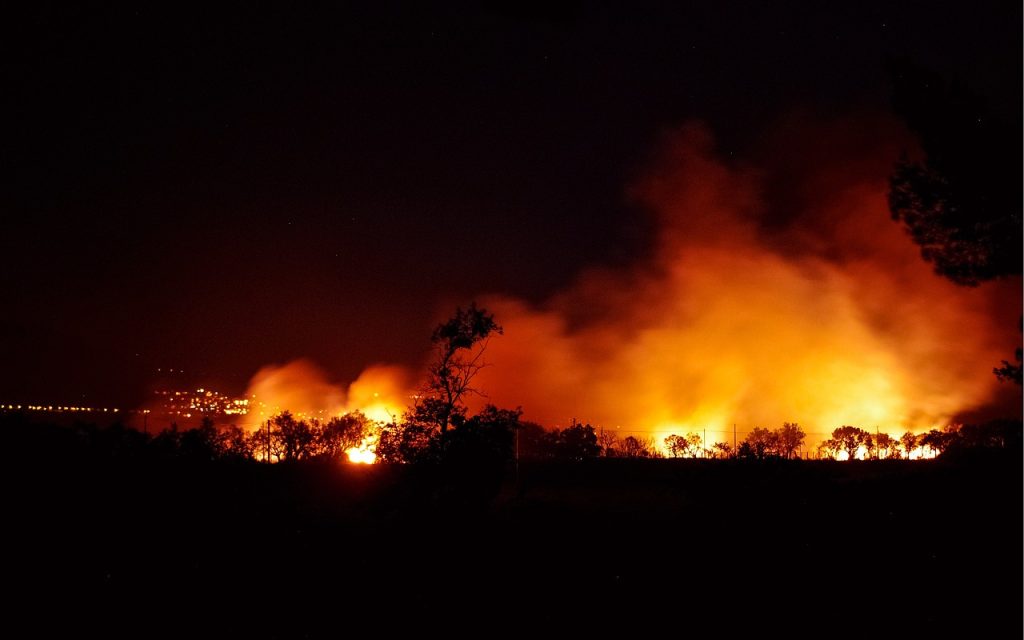
With the devastating fires, everyone seems to be reviewing their own property for risk.
Both myself and others I know are certainly feeling the trauma and anxiety of seeing families losing everything they own including the roof over their heads.
My husband and I walked around our property in University City and walked the neighborhood looking for high risk hazards. Suddenly any brush that has made its way toward property lines and trees touching roofs need addressing.
I noticed that in some of the before-photos of the affected Los Angeles neighborhoods the brush and greenery didn’t seem excessive. I studied the photos closely, seeing just your typical suburban bushes and trees on lots. I think everyone is realizing this and taking fire risk a little more seriously now.
There are ways to reduce risk to your property
Various government websites show some guides to reducing risk such as creating large firebreaks when living on a hillside as well as having enough exterior and interior working smoke detectors and a go-box containing important documents and other critical items. Also, being aware of exit routes out of a neighborhood is essential.
I had a listing in East County recently on a one-acre lot.
The fire insurance policy premium was around $8,000 per year; however, potential buyers inquired with their own insurance agents and received quotes of around $11,000 per year. This was through the state-fund California Fair Plan that is a last resort option for otherwise uninsurable properties.
Securing coverage can be quite a challenge
One issue with the Fair Plan is the coverage is somewhat minimal, but the premiums are relatively high. I looked into how the Fair Plan works and believe that nearly a half a million Californians are now in the plan and that number is quickly growing. The premiums paid create an insurance fund obviously.
In addition, reinsurance (insurance for insurance companies) provides additional coverage. After that, existing carriers operating in the state provide additional mandatory funds for the Fair Plan, if needed.
Finally, if the money runs out after all that, nearly every homeowner policy in the state can then receive a special assessment to cover any shortfalls. We will have to see how this plays out after the dust settles and the fires are put out but there is a decent possibility that over the next couple years, everyone’s policy renewal will contain an additional assessment charge over and above the normal premium to help pay for any shortcomings in the Fair Plan.
Additional issues are that as more insurance carriers leave the state, more property owners will have to enter the Fair Plan and whether you are on the Fair Plan or not expect all home insurance premiums to steadily rise over the coming years since all policies act as a final backstop for the Fair Plan.
Another note is that I was trying to secure coverage last week for a new rental condo I purchased, and I had an extremely difficult time finding any coverage at all. Over a three-day period, I received potentially a dozen “no’s”. I almost had to drop out of escrow but finally was able to find coverage for the rental condo from an alt-carrier. So when purchasing any property in SoCal these days, on day one a buyer needs to look into fire coverage, if its available and at what cost.
MARKET REPORT:
Median single-family home price in 92115 stayed steady at $930,000 with 15 new listings in the month of December. 92119 also saw a steady median single-family home price at $1,054,000 with 12 new listings. 92120 single-family homes had a median price of $1,149,500 with nine new listings.
– Sarah Ward is a REALTOR with Fine & Coastal. Reach her at: [email protected].
Crédito de la foto: Pixabay.com













Discussion about this post